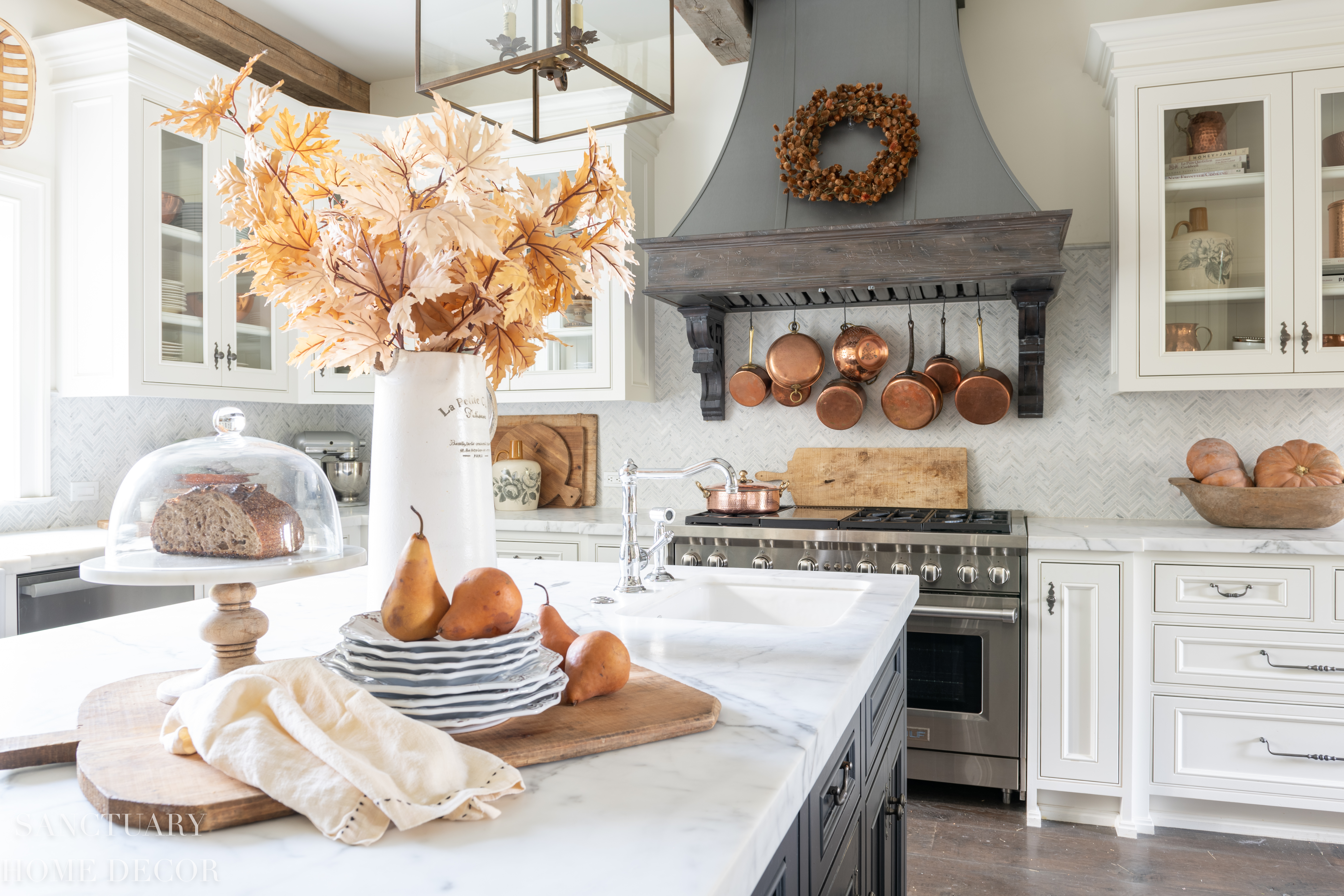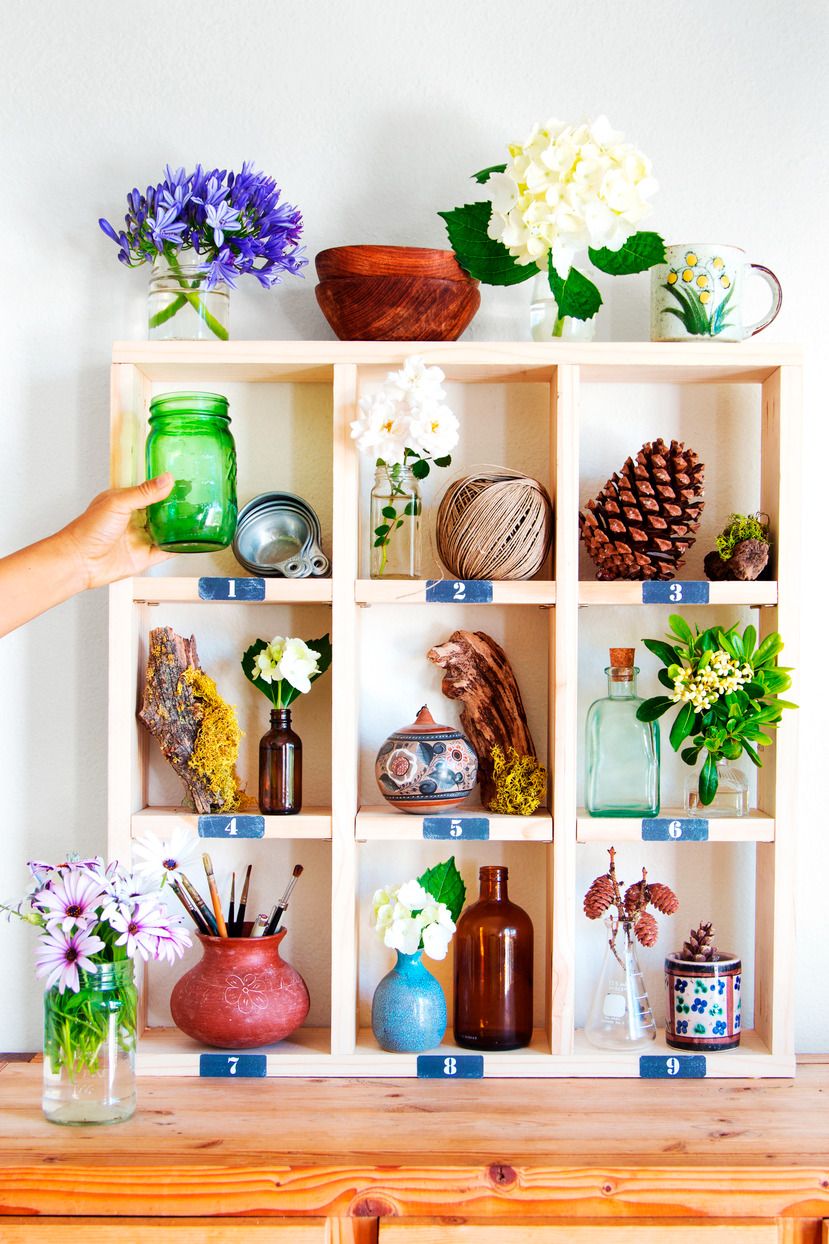Master the Art of Layering Textures in Home Decor for a Cozy Environment
The ability to effectively layer textures within home design is a nuanced ability that significantly adds to a cozy and welcoming ambience. By recognizing the interplay between various materials and their responsive qualities, one can produce an area that not only looks visually pleasing but likewise feels welcoming. The option of corresponding appearances, from soft textiles to natural environments, is important in achieving this equilibrium - Home decor. However, the challenge hinges on mastering the methods that elevate a space from merely useful to incredibly comfy. Exploring these methods discloses how thoughtful layering can change your living environment into a real shelter.

Understanding Texture Fundamentals
When it concerns home decor, understanding the principles of appearance is important for producing an unified and inviting room. Appearance describes the tactile high quality of surfaces and can significantly affect the overall visual and feeling of an area. It includes a range of aspects, including patterns, products, and surfaces. By attentively layering structures, you can add depth and interest, efficiently changing a level and unexciting environment into one that is comfy and visually interesting.

Choosing the Right Materials
Choosing the ideal materials is important in achieving a well-layered structure in home design. The selection of materials not only influences the general visual however also influences the convenience and capability of the area. When taking into consideration appearances, prioritize natural fibers such as cotton, silk, wool, and bed linen, which offer warmth and a responsive high quality that synthetic products typically do not have.
For upholstery, choose durable materials that can hold up against wear while maintaining their appearance. Velour and chenille can add elegant depth, while canvas and denim lend an even more informal feel. Incorporating rock, timber, or steel can boost the responsive comparison, giving a grounded, organic component to your decor.
Additionally, take into consideration the weight and drape of materials when selecting drapes or throws. Much heavier products can create a relaxing, wrapping up environment, while lighter alternatives can preserve a ventilated feeling. Devices like carpets and cushions can introduce varied textures and patterns, enhancing the general split effect. Ultimately, the best material options will harmonize with your style vision, developing a space that really feels inviting and natural. Thoroughly curating these elements will substantially contribute to the setting of your home.
Layering Strategies for Depth
Reliable layering methods are necessary for creating deepness in home design, changing a flat space into one that really feels abundant and inviting. To accomplish this, begin by including numerous appearances that comparison yet match each various other. For example, juxtapose smooth surfaces like glass or metal with softer materials such as wool or bed linen. This develops aesthetic interest and responsive diversity.
Next, think about the usage of rugs. Layering carpets can effectively define areas within a space, including warmth and measurement. A official source larger, neutral carpet can work as a base, while a smaller sized, formed rug adds prime focus. In a more helpful hints similar way, purposefully placing toss pillows with varying appearances and dimensions on sofas or beds can improve deepness and comfort.
Furthermore, incorporate building elements such as shelves or framed art work to develop vertical layers. This not only draws the eye upward yet additionally gives opportunities to present added structures through decorative products showed on the racks.
Color Control and Appearance
In the realm of home decor, accomplishing harmony between color and texture is essential for establishing a natural and welcoming ambience. When attentively collaborated, color and appearance can raise the aesthetic allure of an area, creating depth and rate of interest.

Following, concentrate on appearance. Soft fabrics like velour or linen compared with hard materials such as wood or steel develop a vibrant interaction. my latest blog post A deluxe velvet sofa coupled with a smooth, metallic coffee table presents a responsive comparison that invites touch and exploration.
Additionally, layering various structures-- like a woven carpet under a smooth table-- can even more enhance the space. Bear in mind to maintain a cohesive look by restricting the variety of colors and structures, which assists stop visual mayhem. By mastering the art of shade sychronisation and structure, you can develop an environment that really feels both harmonious and inviting.
Seasonal Texture Transitions
As the seasons adjustment, so too should the appearances within your home to show the advancing ambience and state of mind. Transitioning your decoration from one season to another can create a sense of freshness and convenience, improving your living room's general charm.
In springtime and summer, embrace lighter materials such as linen and cotton. These materials promote a breezy feeling and can be boosted with lively patterns or subtle appearances like stitched information. Include airy throw cushions and lightweight coverings to keep a sense of leisure.
As fall strategies, take into consideration presenting warmth with richer textures. Woollen, velvet, and heavier knits can offer comfort and coziness. Choose earthy tones and layered textiles like beefy weaved throws or luxurious velvets to develop an inviting setting.
Wintertime calls for an even a lot more indulgent method. Include split appearances with fake fur, thick woollen, and deluxe products - Home decor. These components not only include deepness to your decoration but likewise welcome warmth throughout chillier months
Final Thought
In final thought, understanding the art of layering structures in home decoration considerably adds to developing a comfy environment. In addition, adjusting appearances seasonally boosts the overall aesthetic and comfort of the home.
The ability to properly layer textures within home decoration is a nuanced ability that substantially contributes to a warm and welcoming environment.When it comes to home decor, comprehending the basics of appearance is necessary for creating an unified and inviting room. By grasping the fundamentals of appearance, you lay the groundwork for more innovative layering techniques, leading to a well-curated and inviting home style scheme.
Selecting the ideal products is essential in accomplishing a well-layered texture in home decoration.In conclusion, grasping the art of layering structures in home style considerably adds to producing a cozy atmosphere.